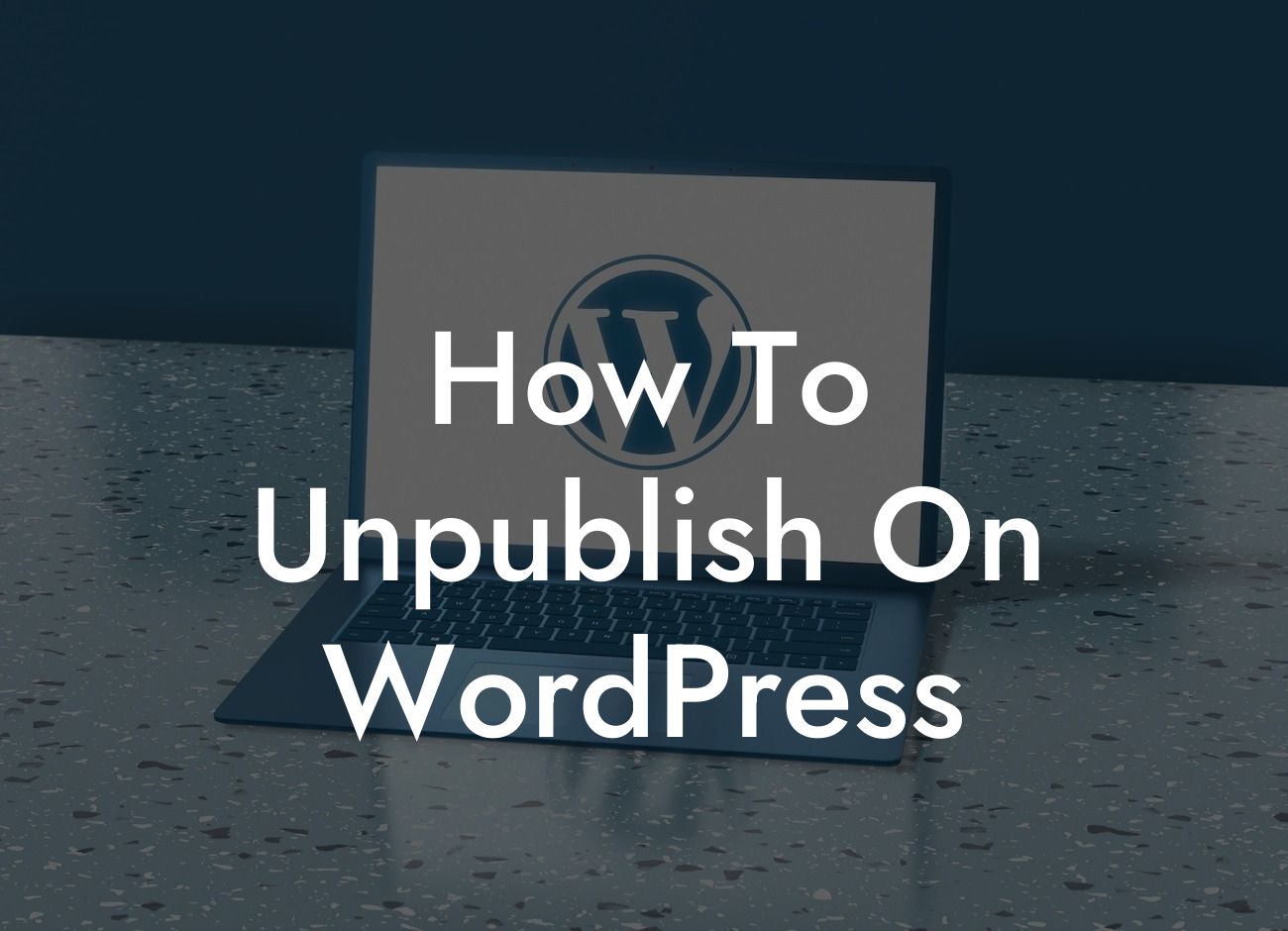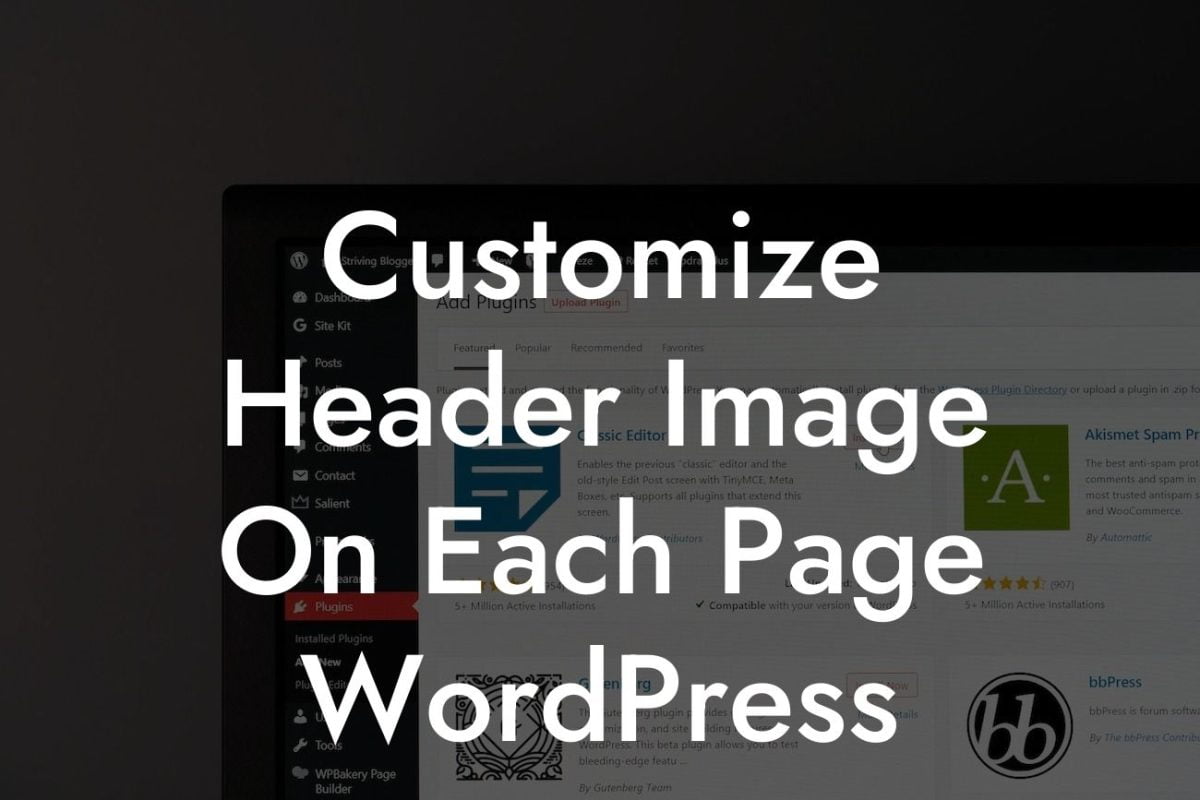In the ever-evolving digital landscape, having a strong online presence is crucial for small businesses and entrepreneurs. With WordPress being the go-to platform for website creation, it's essential to know every aspect of managing your website. One such aspect is unpublishing your WordPress website. Whether you're revamping your site, temporarily hiding content, or preparing for a major rebranding, understanding how to unpublish on WordPress is a valuable skill to possess. In this guide, we'll delve into the process and provide you with step-by-step instructions to successfully unpublish your WordPress website.
Unpublishing a WordPress website might seem like a daunting task, but fear not! We'll break it down into simple and manageable steps to guide you through the process.
1. Choose your unpublishing method:
- Maintenance mode: Using a plugin like DamnWoo's Maintenance Mode allows you to display a "Coming Soon" page while hiding your site's content.
- Password protection: Restrict access to your website by password-protecting it. This is a useful option when you want to grant access to specific individuals or groups.
Looking For a Custom QuickBook Integration?
- Staging website: Create a staging site to make changes, experiment, or perform updates before publishing them to your live website.
2. Backup your website:
- Before making any changes, always create a backup of your website to ensure you can restore it if needed. Consider using backup plugins like DamnWoo's BackupMaster for a seamless process.
3. Enable Maintenance Mode with DamnWoo's Plugin:
- Install and activate DamnWoo's Maintenance Mode plugin from the WordPress Plugin Repository.
- Customize the maintenance page to include relevant information, such as your rebranding plans, expected downtime, and contact information.
- Once activated, your website will display the maintenance page to visitors while you work behind the scenes.
4. Password Protecting Your Website:
- Head to the WordPress Dashboard and navigate to "Settings" → "Privacy."
- Check the box that says, "I would like my site to be private, visible only to users I choose."
- Set a password for your website and save the changes.
- Anyone trying to access your website will now be prompted to enter the password you've set.
How To Unpublish On Wordpress Example:
Let's say you're an e-commerce entrepreneur planning a major website overhaul. You want to hide your current website while you work on the redesign to surprise your customers with a fresh look. By employing DamnWoo's Maintenance Mode plugin, you can easily activate a "Coming Soon" page displaying your rebranding plans and enticing visitors to return once the new design is unveiled.
Congratulations! You now have the knowledge to unpublish your WordPress website effectively. Remember to adapt these techniques according to your specific needs, whether you're planning a rebranding strategy, hiding content temporarily, or making crucial updates. Don't forget to explore DamnWoo's range of exceptional plugins to further enhance your online presence. Share this article with fellow small business owners and entrepreneurs who can benefit from the insights provided. Stay active on DamnWoo to discover more helpful guides and try our awesome plugins to supercharge your online success.













